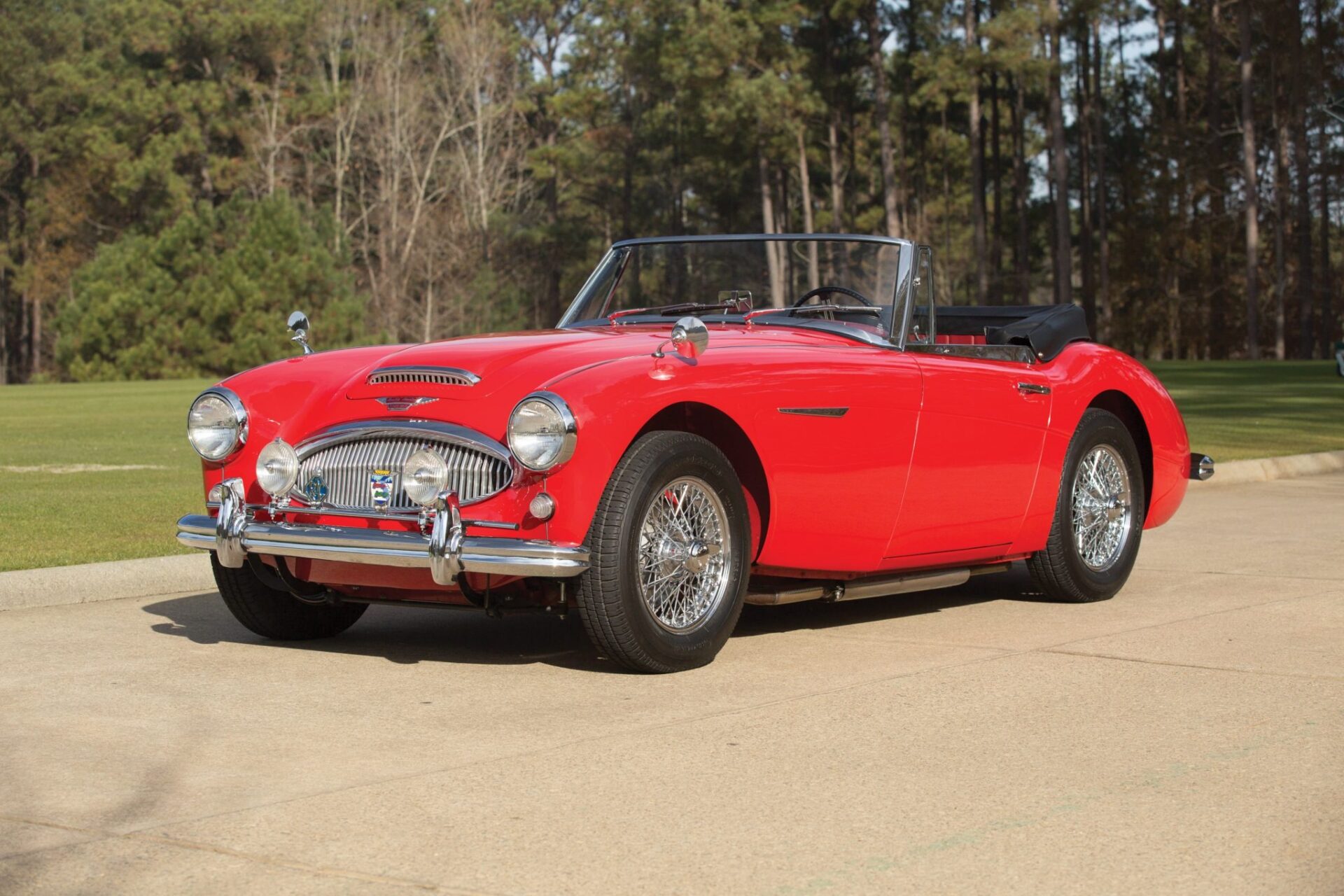A limited edition of 25 Healeys by Caton will be available for $421,000 without the donor car.
With the launch of the Austin-Healey 100 in 1952, British sports cars entered a golden age. In contrast to American chrome and tail fins, British roadsters such as the Healey, MGA, Triumph TR2 and Lotus 7 were affordable. There was just enough power to make driving fun in these traditional cars, which featured a stick shift, rear-wheel drive, and a stick shift.
The modern version of the “Healey Hundred” must strike a delicate balance in order to achieve its 100-mph top speed. By shoving in a V-8, widening the track, or fitting rubber-band tires, we are missing the point. Caton, an aspiring luxury brand, calls this car a “reincarnation” rather than a restomod. Instead of dragging the Austin-Healey abruptly into the 21st century, it enhances its simple charms.

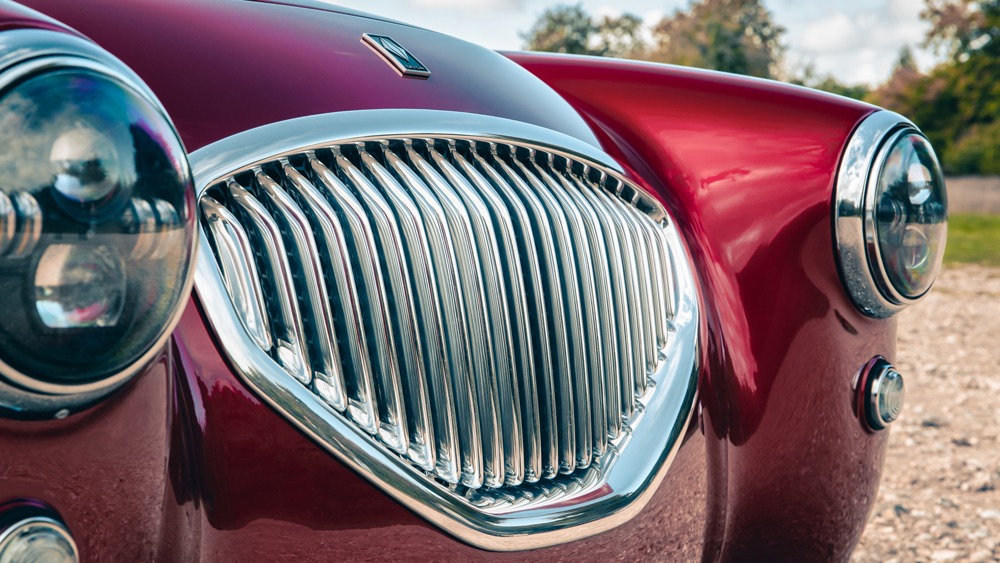
Caton’s first car, officially titled the Healey by Caton, was the company’s first vehicle. In contrast, Caton’s parent company, Envisage Group, has more than a decade of experience creating concept and low-volume vehicles, including the continuation Jaguar C-Type, D-Type, and XKSS. There will only be 25 examples of the re-imagined Healey made, and I’m driving the first completed car at a country pub near the historic Goodwood Motor Circuit. It’s a blessing that the traditional British weather is taking a day off since the car doesn’t have a roof (only a tonneau cover).
As the sun glints off its cherry-red metallic paint, the Caton exudes a raffish retro glamor. The 100/4 BN1’s long hood, kicked-up rear fenders, and tapering tail squeeze plenty of drama into a small silhouette, unlike later “Big Healeys” of the era. The contrast between this car and a modern SUV is almost comical when a modern SUV parks alongside it.
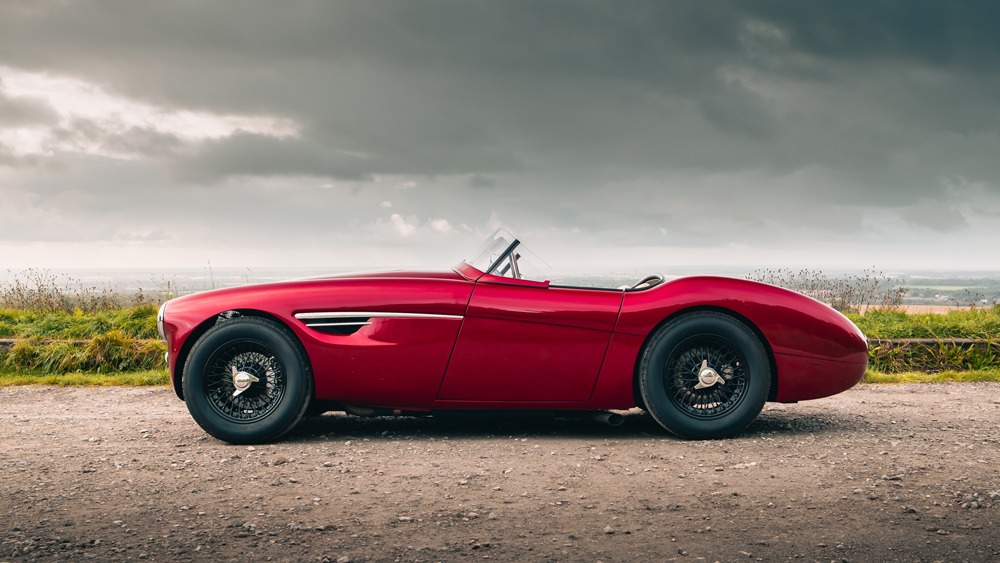
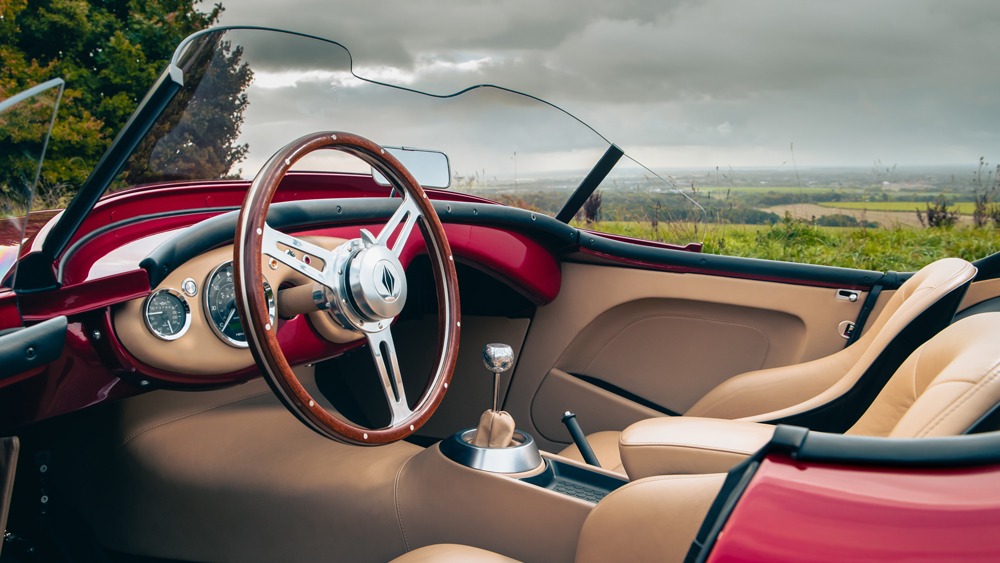
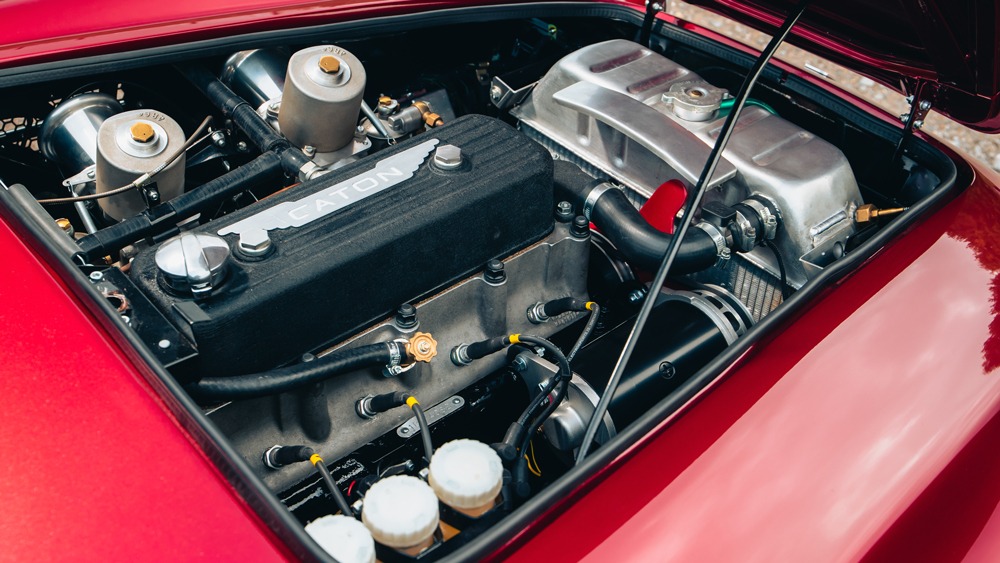
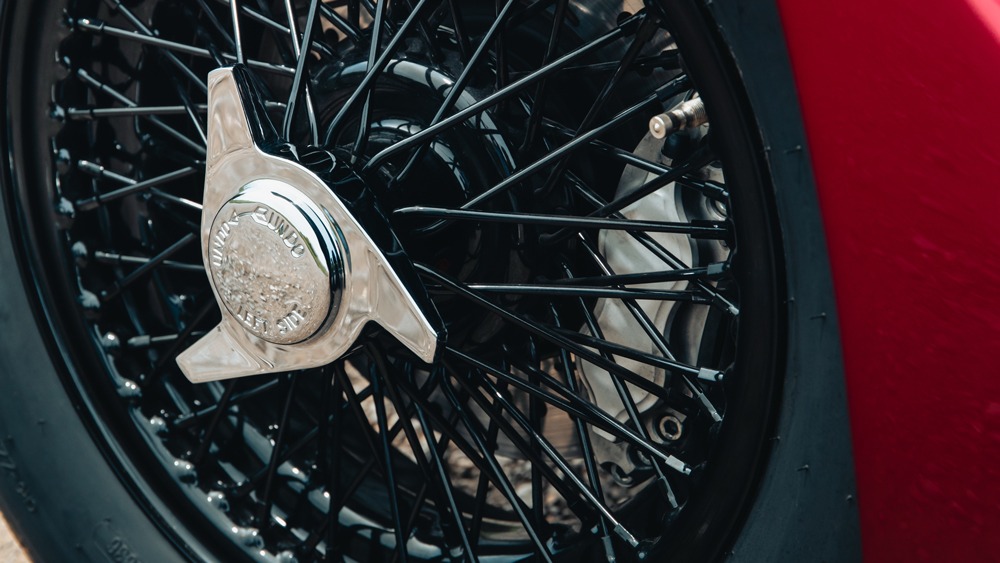
Similarly, Caton’s changes to the bodywork are based on the “less is more” ethos. In this project, Austin-Healey 100’s body seams and boot handle are removed, external hinges are swapped with internal ones, and panel gaps are tightened to modern tolerances using 3-D scans. Moreover, the grille is redesigned to add more depth, the windshield is replaced with a speedster-style screen, and the halogen headlights are replaced with LEDs that are super-bright. The wheels, however, are still old-school Borrani wires wrapped in Avon rubber with period-correct treads.
For the engine rebuild, Caton enlists JME Healeys in the UK, who bore out the four-cylinder engine to 3.0 liters, make it gas-filled, install larger twin H6 carburetors, high-compression pistons, upgrade bearings, and install a racier camshaft. With 180 horsepower, the 100/4 is two times as powerful as when it left Austin’s Longbridge factory nearly 70 years ago. Caton does not publish performance figures, but with a curb weight of just 2,028 pounds, this car is likely to be fast.
The door handle is unlatched, and I take a seat in a supple bucket seat. My hands are close to the steering wheel, the Caton-branded dials are models of analogue clarity, and the wraparound windshield provides a panoramic view. In addition to freeing up extra cabin space, the 100’s fabric roof has also been removed, which means drivers with “modern” proportions can now enjoy the car. You shouldn’t expect infotainment or heating. Remember, this is back-to-basics driving?
As soon as the choke is removed and the fuel pump is primed, a big-chested four-cylinder starts coughing gruffly. A busy bluster emerges just below your left ear, demanding your attention impatiently. At a standstill, the Healey rocks side-to-side on its suspension like a muscle car, which I find incredibly exciting. With a vigorous roar, I release the fly-off handbrake and let the locals enjoy their post-lunch beverages.
It has five ratios instead of the three-plus-overdrive of the 100/4, and the gear lever is a stubby shaft protruding from the center console. Even when the oil is cold, the Tremec gearbox shifts smoothly, despite the offset pedals and tight footwell. It also feels reassuringly user-friendly thanks to the upgraded brakes. The swell of midrange torque generated by the engine is quite relaxing as you potter around.
Once you pick up the pace, the Caton becomes more old-fashioned-in a good way. Despite the worm-and-peg steering, the rear suspension bounces impishly over bumps, so I constantly have to correct my course as I drive. The Caton settles into a joyous, mesmerizing flow once you push through that initial slack and softness.
In fact, its compact dimensions and gutsy demeanor seem tailor-made for leafy English lanes. Aerodynamics, downforce, lap times, and the like that seem to shape and define modern sports cars seem all but irrelevant when my elbows are out wide, my right foot is blipping with each downshift, and the breeze is skimming my forehead.
This evocative and beautifully constructed “reincarnation” of the Healey is a wonderful addition to any collection. By building on the strengths of the original, it preserves its classic features without diluting them. Although Caton’s version begins at $421,000 plus taxes and a donor car, it costs more than the original. Besides restoring a 100/4 BN1, you could also purchase a brand-new supercar for that kind of price. Even so, there is nothing quite like the Healey by Caton if you want something bespoke, the great British sports car elevated to an objet d’art.


